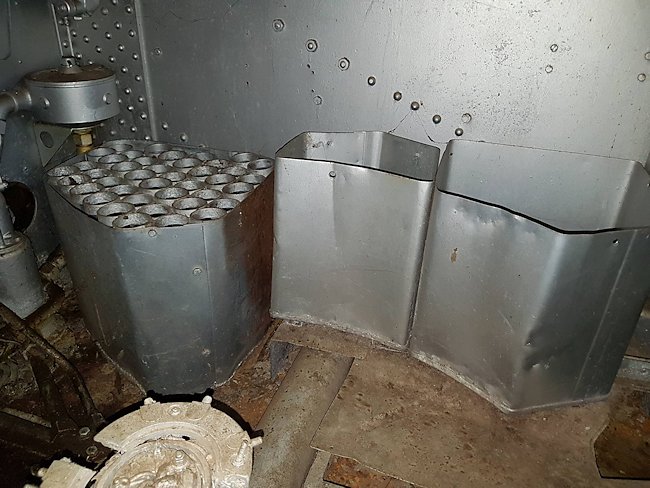In 1934 Britain had built 3 '16 tonner' medium tanks

However while the 3 prototypes were largely successful (granted it still had some suspension issues) it was never placed into serial production due to funding not being allocated by the government meaning that in 1937 when Britain was starting to consider rearming only the MkIV light tank design was ready for serial production - this at a time when the British Army had decided that light tanks were useless.
How might this tank or the version that went into serial production in 1934+ have impacted British industry's ability to deliver AFVs by the beginning of WW2

However while the 3 prototypes were largely successful (granted it still had some suspension issues) it was never placed into serial production due to funding not being allocated by the government meaning that in 1937 when Britain was starting to consider rearming only the MkIV light tank design was ready for serial production - this at a time when the British Army had decided that light tanks were useless.
How might this tank or the version that went into serial production in 1934+ have impacted British industry's ability to deliver AFVs by the beginning of WW2

